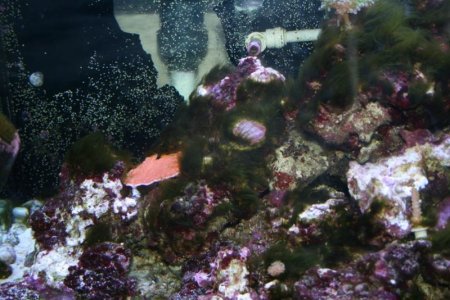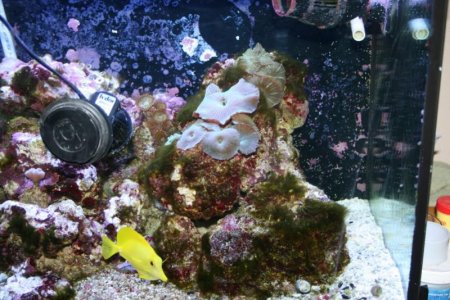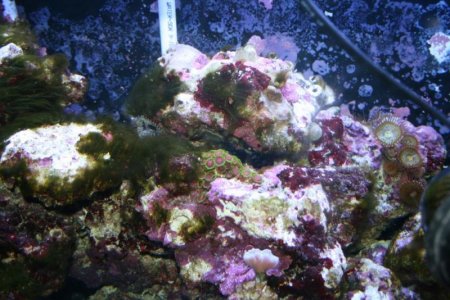I have to clarify one thing. It's quite complicated and technical, but TheFishMan65 is somewhat correct, I didn't quite explain the lumen/K rating issue very well.
The Kelkin (K) rating is established by comparing the light source to the color emitted by a blackbody radiator when heated to a given temperature. For fluorescent sources, this is called the correlated color temperature (CCT), and it just differentiates the source from an incandescent source. What that means is that "K" rating is for hot body sources (like tungsten filaments) and CCT is what the K rating would be if the source was a hot body - they're the same number, so you always see "K" for simplicity. Me, I like to confuse you with technical jargon so you think I'm super smart.
With a fluorescent source, the light is mercury based (UV band) and then the phosphors that coat the tube fluoresce and essentially shift the light into the visible range. Different combinations of phosphors result in a blended light that has the appearance identical to an incandescent source with an established K rating, and then the fluorescent source is given that K rating. But there are many ways to blend phosphors and come up with the same K light. That is why you can't simply go by K rating.
You can have any number of different sources of light (HPS, MH, LED, linear Fluorescent, compact fluorescent, Incandescent, Induction, etc) with the same K rating, and they will all look very similar to the human eyes, but the spectral curves will look completely different. Even different manufacturers will have different spectral curves, but within a particular source group, they're pretty close. So a 2700K CFL will be pretty much the same across the board, unless it's labeled something special (like "grow lamp")
As far as lumen output goes, when you look at the lumen rating on a lamp, you are looking at total lumen output. So just because one has 2x the lumen output, it doesn't tell you what wavelength that lumen output is at. Lumens are largely human perception as well.
What algae cares about is specific wavelengths and that's harder to pin down than just grabbing a bulb with a given K and Lumen rating. I know I'm not covering it all, and for those of you who know a enough about this subject, I'm probably raising other questions and I might not be 100% perfectly correct with this explanation, but I'm trying to keep this general and simple. Feel free to correct me with perfection-based explanations if this really bugs you!
Most of sources will work OK, and that's why you see so many people growing algae with just about any light source. But we're after optimal growth, and hundreds of people have been using 2700K CFL and 3000K T5HO grow lamps and have been getting the best results.
But, I'm not here to convince anyone who believes otherwise, because I'm not likely to change your mind if you've convinced yourself otherwise. Give it a try, compare a couple different sources side by side, and post your results here for all to see!


















